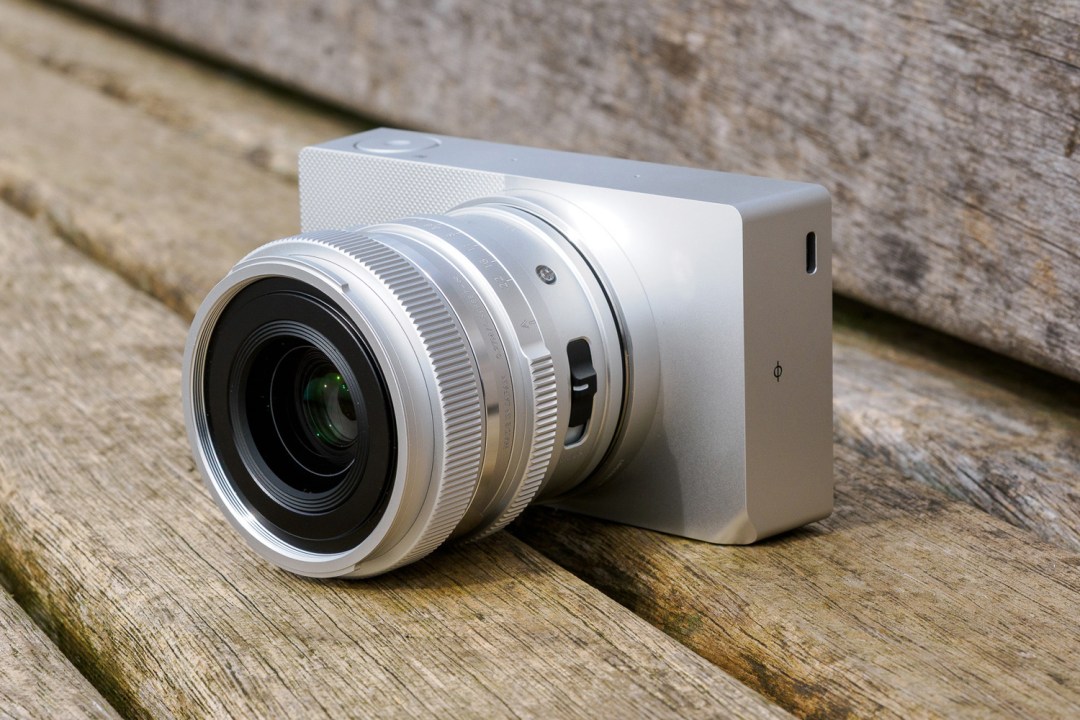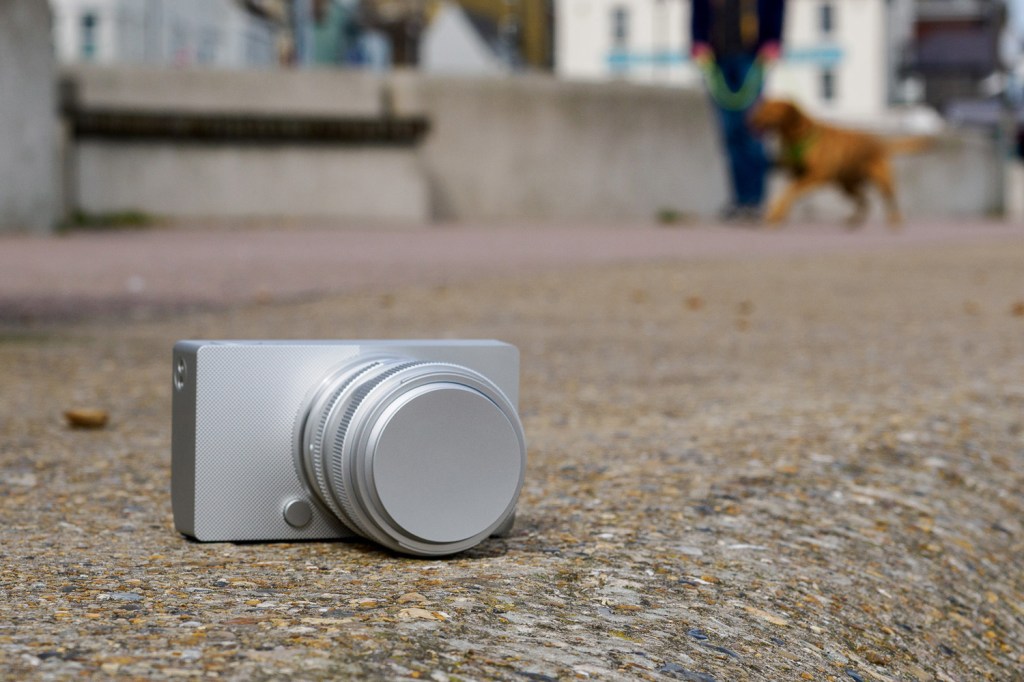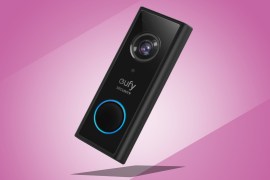My head tells me not to buy the Sigma BF; my heart screams otherwise
This eye-catching chunk of metal camera takes Japanese minimalism to extremes

Stuff Verdict
The Sigma BF might not be practical or ergonomic, and doesn’t really care about video, but it’s not a camera you buy for such things. It’s a soul-stirring object seemingly engineered to inspire you to
Pros
- Beautiful design and build quality
- Excellent image quality
- Lots of built-in storage space
- Compact for a full-frame camera
Cons
- No viewfinder or hot shoe
- Can be awkward to hold
- No mechanical shutter
- Video is an afterthought
Introduction
Human beings might consider ourselves calculating and logical creatures, but sometimes being sensible and practical has to go out of the window. Objectivity is all well and good, but occasionally we need to feel something. We need vibes, for want of a better term – and the Sigma BF is a mirrorless camera that has that in spades.
Sigma is probably better known as a maker of camera lenses, not camera bodies. Before the BF its last release was the FP L, back in 2021. When the company does launch a new model, it’s generally quite a big deal. The BF feels appropriately significant. It’s a full-frame rangefinder-style mirrorless model designed around a distinctly Japanese mindset.
BF, I discovered, stands for ‘beautiful foolishness’, a phrase from a Japanese poem and a clarion call for ditching life’s complexities and anxieties in favour of embracing the pleasures of simplicity. That translates into the BF’s design: it’s a sleek, stark aluminium trapezoid with about as few buttons, dials and bumps as a modern camera can have.
How we test cameras
Every camera reviewed on Stuff is tested in a range of lighting conditions, with a variety of subjects and scenes. We use our years of experience to compare with rivals and assess ergonomics, features and general usability. Manufacturers have no visibility on reviews before they appear online, and we never accept payment to feature products.
Find out more about how we test and rate products.
A true head-turner



Sigma loaned me a silver-finished BF (it’s also available in black) and as I pulled it out of the box I was struck by how beautifully clean and crisp its unibody looked: so minimalist it makes the Leica M11-D seem positively fussy. I think it’s the best-looking camera I’ve reviewed in years, and judging from the glances and double-takes it got from passers-by, coffee shop staff and a fellow photographer as I took it out for a trial run, I’m not alone.
Those sharp lines don’t translate into the most ergonomically sound of cameras, however. There’s not much to grip on to, aside from the textured front and a small bump for your thumb. You can’t even fit a standard camera strap. There’s a spot to tether up a small wrist loop, but Sigma didn’t include one with my sample and I was in constant fear of dropping the BF onto the pavement.
Not that it’s heavy. The body (which is dust and splash resistant) is small for a full-frame camera and weighs under 500g. A lens adds more, of course, and Sigma lent me their 35mm f/2 prime for the purposes of this review. At 325g, it made for a total package well under 900g – and yet the balance and lack of bumps and lumps to grip did mean I found the FP somewhat ungainly compared with the more traditional and heavier Panasonic Lumix GH6 I use as my main day-to-day camera.
Accessories? What accessories?


Sigma’s adherence to simplicity also means the BF is missing some things you’d expect to see on a camera that costs just under $2000/£2000. There’s no viewfinder, which is acceptable I suppose – plenty of other small mirrorless models don’t have them, and I got on fine using the 3.2in screen for composing shots.
The lack of a hot shoe is more concerning, as it means there’s no way to attach a flash, let alone other accessories. Many stills photographers make great use of a flash creatively, to say nothing of its practical usefulness indoors or at night, so I can see this putting off a lot of potential customers. There is, at least, a tripod mount on the bottom.
The BF is completely without flaps and doors. The battery slots directly into the bottom of the camera and 230GB of internal storage means there’s no need for a card slot, while the only physical connection is a USB-C port for transferring files and recharging purposes. If you were hoping for dedicated microphone, headphone or HDMI sockets here, forget it.
Stills first, video second


In fact, despite its 6K video capture, log colour profile recording and some pretty impressive phase-detection autofocus (including human and animal subject recognition and tracking), it’s not a camera I would recommend for anyone who prioritises video. The BF certainly doesn’t, with frame rates topping out at 30fps for any mode that isn’t slow-motion as well as the aforementioned lack of connectivity for external mics and headphones.
First and foremost, the BF is a camera designed for stills shooters, and I had so much fun strolling along the seafront, pier and narrow backstreets snapping away. Its simple controls and handling, brisk autofocus and excellent image quality reminded me of the days when I initially took up photography as a hobby – days when many DSLR cameras didn’t even record video. The only thing missing here was the sharp slap of a mechanical shutter (the BF doesn’t have one, and its soft digital click doesn’t compare).
I shot these photos in DNG RAW before editing them using Adobe Lightroom, but the BF gives great JPEG too, particularly when using its built-in colour modes. Much like to the digital film simulation modes found on Fujifilm cameras, these modes (there are 13 in total) give your shots an instant look, from moody Monochrome to understated Calm.


















General image quality is superb, as you’d expect from a full-frame camera paired with a fast prime lens. I shot at all times of the day, indoors and outdoors, and was able to get many shots I’m really proud of using only available light – which is handy, given the lack of flash support.
A joy to use

Sigma has designed the user experience around simplicity too, and despite the paucity of dials and other physical controls I soon got to grips with the BF’s rather idiosyncratic control scheme. The touchscreen comes in useful here too, and it didn’t ever take me too long to find a particular option or setting, but I will admit that the wide range of controls on other mirrorless cameras do make it easier to change settings more quickly than I could on the BF.
While we’re on the subject, the screen’s importance as a method of composition means it gets used a lot. Outdoors, its brightness needs to be high too, which does mean the BF’s battery drains quite fast. Sigma says it’s good for about 260 shots on a full charge, but I noticed the level dropping very quickly during shooting sessions, which perhaps isn’t surprising. I would suggest users planning on long days out invest in a second battery.
All in all, I was quite taken with the Sigma BF, despite some of the ‘pain points’ its design philosophy throws up. If you’re looking for the best weight-balanced and easiest camera to grip, the one with the longest battery life or most versatile connectivity, or even one that can handle demanding video tasks, it isn’t the camera for you.
While it may lack practicality, though, it positively oozes character and identity. If you want a camera that will inspire you to take more photos, I can’t think of many better than this one.
Stuff Says…
The Sigma BF might not be practical or ergonomic, and doesn’t really care about video, but it’s not a camera you buy for such things. It’s a soul-stirring object seemingly engineered to inspire you to compose and capture photos, and it succeeds in that very well.
Pros
Beautiful design and build quality
Excellent image quality
Lots of built-in storage space
Compact for a full-frame camera
Cons
No viewfinder or hot shoe
Can be awkward to hold
No mechanical shutter
Video is an afterthought
Sigma BF technical specifications
| Sensor | 24MP full-frame CMOS |
| Lens mount | L-Mount |
| Continuous shooting speed | 8fps |
| Autofocus | Phase-detection |
| Video | 6K/30p |
| Display | 2.1-million dot LCD |
| Connectivity | USB-C |
| Battery life | 260 shots |
| DImensions | 130x73x37mm, 446g |



